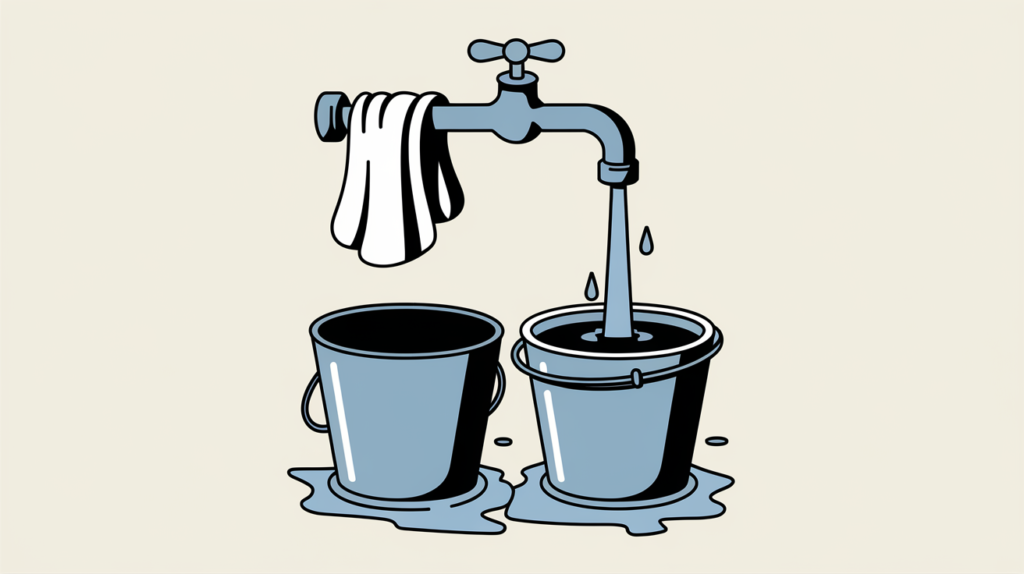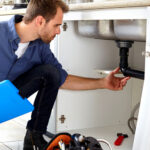Water leaks can cause significant damage to your home, leading to costly repairs and health hazards. Addressing water leaks promptly is crucial to protect your property and maintain a safe living environment. This guide provides practical DIY water leak solutions and tips that can help you identify and resolve issues effectively.
Recognizing the Signs of Water Leaks
The first step in managing water leaks is identifying them early. Look for common signs, including water stains on walls or ceilings, mold growth, damp spots on floors, or an unexplained increase in your water bill. If you notice any of these indicators, it is essential to investigate further to pinpoint the source of the leak.
Inspecting Common Areas for Leaks
Several areas in your home are prone to leaks. Start by checking the following locations:
- Plumbing Fixtures: Inspect sinks, faucets, and toilets for any signs of dripping or pooling water. Tighten any loose connections and replace worn-out washers or seals.
- Pipes and Connections: Look for rust, corrosion, or dampness around exposed pipes. If you find any issues, use pipe tape or sealant to cover small leaks temporarily.
- Roof and Gutters: Examine your roof for damaged shingles or punctures that could allow water to seep in. Clear gutters of debris to ensure proper drainage and prevent water backup.
- Basement and Crawl Spaces: Check for signs of moisture or water intrusion in basements and crawl spaces. Seal cracks in the foundation with waterproof sealant to prevent leaks.
DIY Repair Techniques
Once you identify the source of a leak, you can take several DIY water leak solutions to fix the problem. Here are some effective methods:
Tightening Connections
For minor leaks around faucets or fittings, tightening the connections can often solve the problem. Use a wrench to ensure all fittings are secure, but avoid overtightening, which can cause damage.
Using Plumber’s Tape
If you encounter a leak in threaded pipes, applying plumber’s tape can create a watertight seal. Wrap the tape around the threads of the pipe and then screw the fittings back together securely.
Sealing Cracks and Holes
For leaks in walls or foundations, use a waterproof sealant or epoxy to fill cracks and holes. Clean the area thoroughly before applying the sealant to ensure proper adhesion.
Installing Leak Detection Systems
Consider installing a DIY leak detection system that can alert you to water leaks before they become major issues. These systems often come with sensors that detect moisture and send notifications to your smartphone.
Smart Water Management
Implementing smart water management techniques can help prevent leaks and save water. Consider using water-saving fixtures, such as low-flow faucets and showerheads, to reduce water usage and minimize the risk of leaks due to overuse.
Maintenance Tips
Prevention is key to avoiding future water leaks. Here are some maintenance tips to keep your home leak-free:
- Regularly inspect plumbing fixtures and appliances for signs of wear or damage.
- Monitor your water bill for sudden increases that may indicate a leak.
- Keep gutters clean and ensure downspouts direct water away from your home’s foundation.
- Insulate pipes in unheated areas to prevent freezing and bursting during cold weather.
When to Seek Professional Help
While many water leak issues can be handled through DIY methods, some situations may require professional assistance. If you encounter extensive damage, persistent leaks, or complications with your plumbing system, it is advisable to consult with an expert. Professional plumbers can diagnose and address complex issues more effectively.
In some cases, obtaining expert engineering services can provide additional insights into managing water systems within your home. These professionals can offer tailored solutions and advanced techniques to help prevent future leaks and enhance overall water management.
Addressing water leaks promptly is essential for protecting your home and maintaining a healthy environment. By recognizing the signs of leaks, inspecting common areas, and implementing effective DIY water leak solutions, you can minimize potential damage. Regular maintenance and smart water management practices will further reduce the risk of leaks, ensuring your home remains safe and dry. In cases where issues persist or become too complex, do not hesitate to seek professional help to ensure a comprehensive solution.



